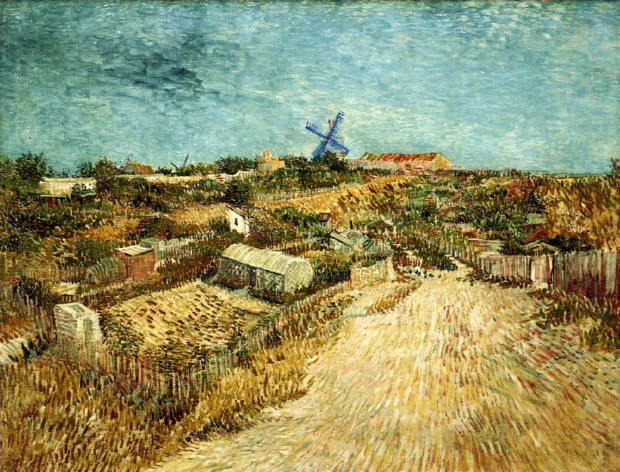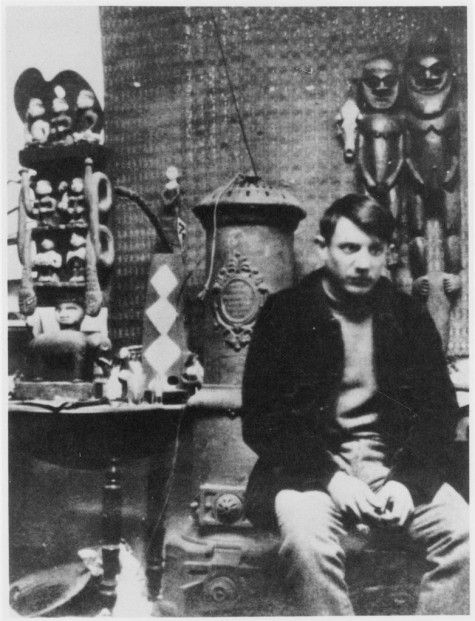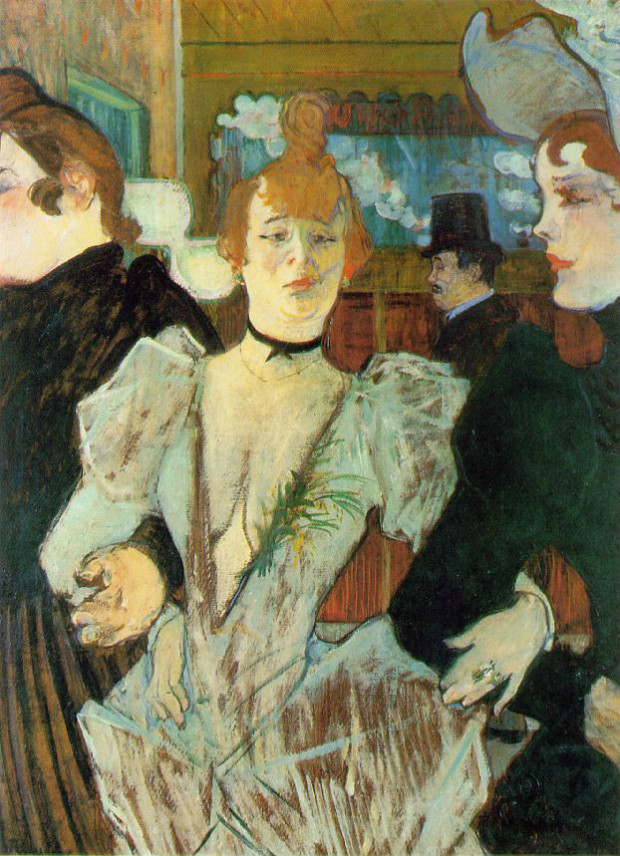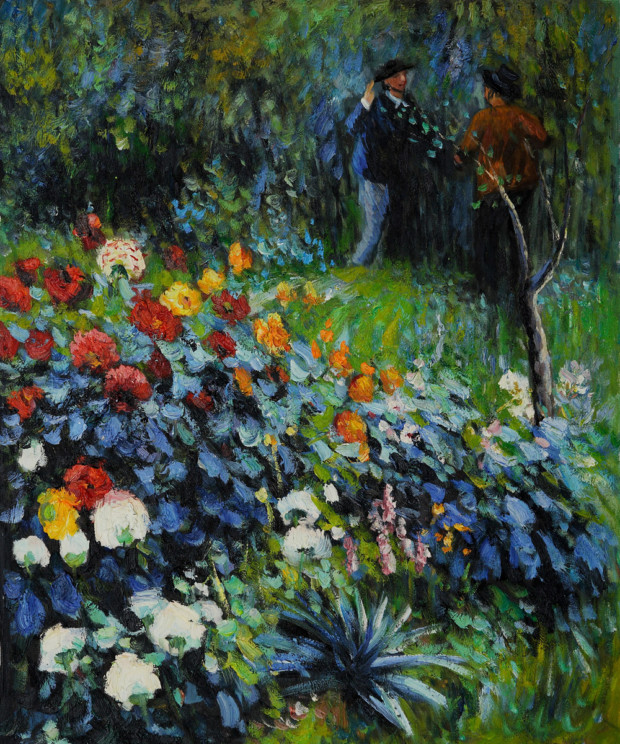Masterpiece Story: The Pineapple Picture
Known as the “pineapple picture,” this enigmatic 17th-century painting captures the royal reception of King Charles II. The British royal...
Maya M. Tola 10 June 2024
Montmartre – the home to many inspirations was the most artistic district of Paris. It is also known as the “heart of the city” and it surely doesn’t need to be introduced to anyone. It is not only a magical place with the best views over the city, but a historical place where countless works of art were born over the centuries.

During the Belle Époque, the period spanning the last several decades of the 19th century up until World War I, Montmartre was an area of reasonably priced apartments and a pleasant atmosphere, conducive to the creation of art. It was a place of many social gatherings, often accompanied by live piano music and characterized by deep conversations.
In Montmartre artists were meeting in Le Bateau-Lavoir. Artists such as Théophile Steinlen, Amadeo Modigliani, Henri Matisse, Vincent van Gogh, Edgar Degas or Henri de Toulouse-Lautrec chose to work or live there. There were also two artists’ associations active in Montmartre – Les Nabis, a group of Post-Impressionists, as well as Les Incohérents, the avant-gardists.



Foreigners Camille Pissarro and Pablo Picasso were also enchanted with this unearthly, fashionable area. The latter created one of his most famous pieces there – Les Demoiselles d’Avignon.


Of particular note is the fact that the current Musée de Montmartre, located on Rue Cortot, was the first home of Pierre-Auguste Renoir.
DailyArt Magazine needs your support. Every contribution, however big or small, is very valuable for our future. Thanks to it, we will be able to sustain and grow the Magazine. Thank you for your help!